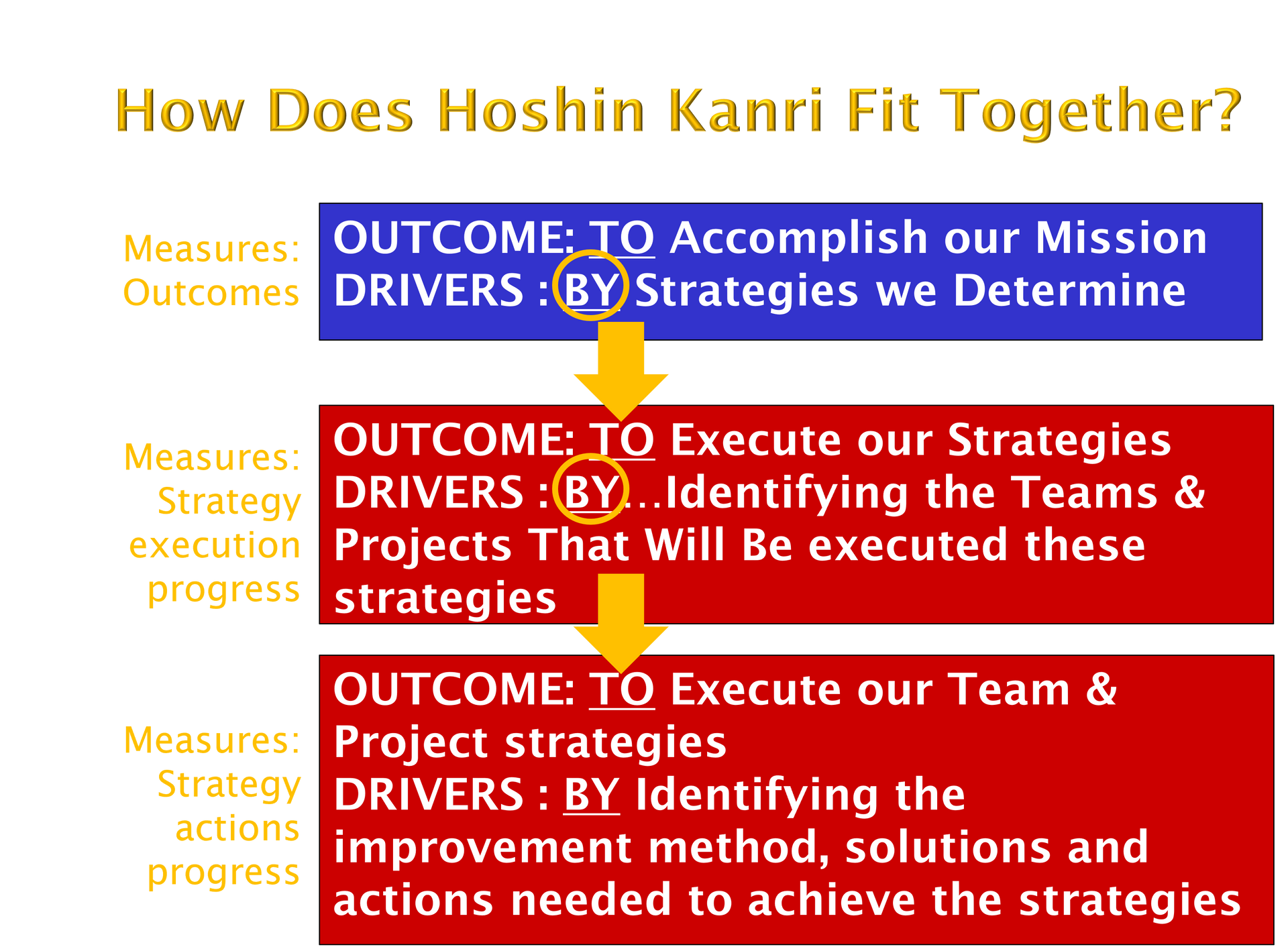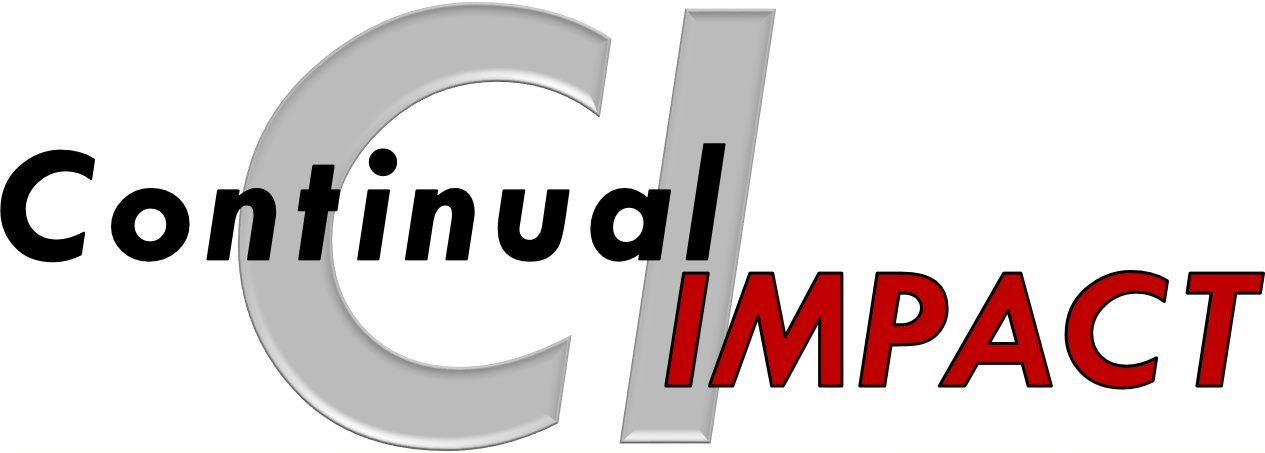Using Performance Measures
Using Performance Measures

Performance measurement isn’t just about numbers—it’s about change. Performance measures aid organizations to stay focused on the mission / vision, goals, plus when / where to change and improve. When done well, performance measures becomes a shared language of progress that helps guide everyone toward higher performance.
Much time and resources are spent measuring performance. Today we explore this requested topic.
First, performance measures are important to use. They provide:
- Status: A clear snapshot of status and progress toward goals.
- Answers: Insight into what’s working, what’s not, and why.
- Motivation: Feedback to continually strive toward the desired performance.
- Guidance: Direction for improvement, innovation, and strategic alignment.
Without measures individuals may not know if they are working on the right items and doing them well, teams don't know if their performance is meeting expectations, and organizations don't know if they are meeting / delighting customer and community wants and needs. Performance measures enables the shift from "I THINK we're good" to "I KNOW we're good".
OK, we've established performance measures are important to USE. Let's explore Creating and Gathering performance measures.

Creating performance measures may be the most challenging. The desire is to create measures that are truly meaningful. This is where hoshin kanri (interlocking of goals and measures) provides the structure to begin at the organization level and methodically working through departments, teams, and individuals. Establishing the linkage, line of sight, throughout the organization helps to clarify what and how to measure. See image of hoshin kanri approach here -

With organization strategies established, departments and teams can use these strategies to create meaningful goals measures of their performance, that support the achievement of the organization's strategies.
What to measure? The simple answer is a 3-5, no more than 8 measures with a focus on answering what is our goals and how will we know if we're achieving our goals?
- Quality: How effective are we? (Value excellence, process reliability)
- Cost: How efficient are we? (resource and budget utilization)
- Delivery: How do we provide services/products? (process times, output volumes)
- Flexibility: How adaptable are we? (Shift resources to meet changes in customer needs. Advancing the knowledge, skills, and capabilities of individuals/teams.)
Measures can also be found in work processes, in external vs. internal views, organization elevation, and areas of focus.
Each measures include what it is, how to measure, current performance, and target so that users of the measures know where we are and where we want to go.
TIP: Test measures before gathering and using performance data.
The last step in creating measures is to test them from varied perspectives can save time and resources. Is the measure: 1. Specific and interpretable? 2. Relevant and timely (back to hoshin kanri & interlocking goals and measures)?, 3. Statistically reliable and valid?, 4. Have no negative consequences? 5. Accepted and trusted by those being measured? 6. Have available data to measure? 7. Low waste/cost/time to measure?
A Gathering performance measures learning: The frequency of performance measures varies with the organization level. Team and individual measures provided daily, weekly, monthly help keep the focus. Department measures are typically monthly, quarterly to support the progress of teams and individuals. Organization measures can be quarterly - annually to know the organization's performance progress.
In conclusion:
- Performance measures are very important!
- When creating measures
- Consider beginning with the organization's long term strategies and work through the organization structure to identify meaningful performance measures that support the long term strategies with daily activities. With the strategies, ask each department, team, individual these 2 questions - What are our goals to support the strategies? How we will know if we've achieved these goals?
- Find the vital few performance measures; beginning with quality, cost, deliver, and flexibility may help.
- USE the performance measures! Keep them visible! (team huddles, dashboard / scoreboards). Use them to identify areas of growth, improvement, and good changes. (So much more on this topic! Including use of data in strategic, annual planning, team planning, individual workforce development planning) to identify projects and changes to close the biggest gaps.

